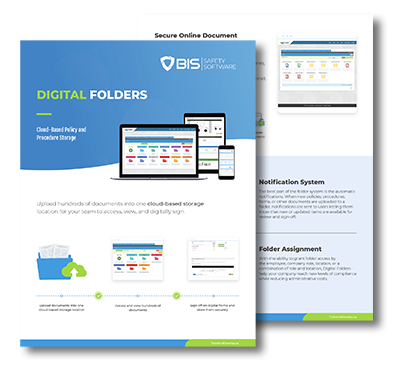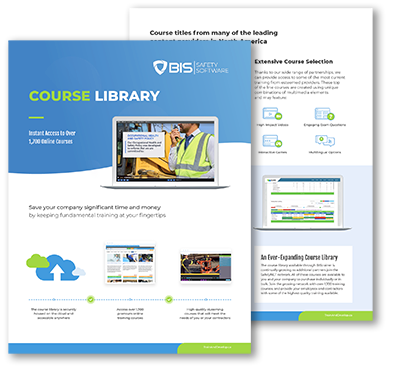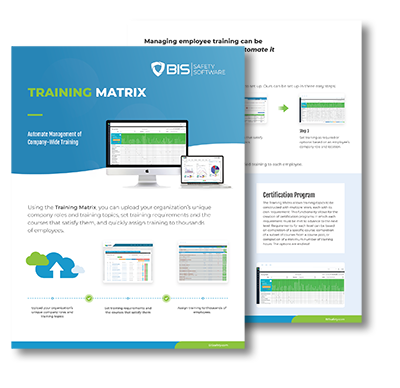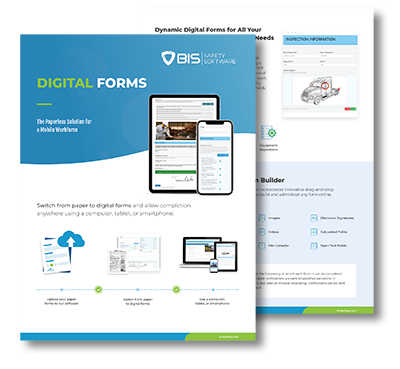What WHMIS Do You Need for 2024?
The last update to WHMIS compliance was in 2015 therefore any WHMIS course the same age or older than 2015 should provide the necessary material required for your team.
WHMIS, short for Workplace Hazardous Materials Information System is Canada’s way of standardizing safety. The WHMIS system started back in 1988 and got a big update in 2015 with some ideas from a worldwide system called the Globally Harmonized System of Classification and Labeling of Chemicals (GHS).
So, when you hear “WHMIS 2015,” that’s the latest version we’ve been using. Even though we’re now talking about WHMIS requirements 2024, the 2015 update is still what we follow.
You might be wondering if your WHMIS training needs an update for 2024. The short answer is: if you’re still seeing “WHMIS 2015” on training courses, you’re good to go. That version is up-to-date, even for 2024.
Who Needs WHMIS Training?
Every worker in Canada who might come across hazardous materials needs to know about WHMIS. The law in Canada doesn’t say you have to retake the training after a certain time, but doing refresher courses is a smart move. It helps keep accidents down. And it’s not just for folks who handle dangerous materials directly. Supervisors and managers should know this stuff too. It helps them understand what their teams are dealing with and how to keep everyone safe.

What Will You Learn in WHMIS Training?
The main goal of WHMIS training is to make sure you know how to stay safe around hazardous materials. That means learning to read labels correctly, handling materials the right way, and knowing what to do if something goes wrong, like a spill. Here’s a bit more about what you’ll learn:
- The types of dangerous chemicals and products at work.
- How to find information on these dangerous substances and what to do if you’re exposed.
- The right way to work with hazardous materials to stay safe.
- How to react if there’s a chemical spill or another accident.
By finishing a post 2015 WHMIS course, you’ll be able to:
- Spot physical and health hazards.
- Know which personal protective equipment (PPE) you need and how to use it.
- Take steps to prevent accidents and tell others about these measures.
- Use the WHMIS 2015 system to classify chemicals and other materials.
- Understand WHMIS labels, including the symbols and pictures.
- Read Safety Data Sheets and know where to find them.
- Get what employers and employees need to do under WHMIS 2015.
Finding WHMIS Training
Lots of places offer WHMIS 2015 training that’s still good for 2024 including the two online options below:
Remember, seeing “WHMIS 2015” means you’re getting the right, up-to-date training for 2024. These courses meet all the Canadian rules. If you’re setting up training for your team or just want to learn more, our customer care team is here to help.

Why Keep Up with WHMIS Requirements in 2024?
Staying sharp on WHMIS requirements isn’t just about following rules. It’s about keeping everyone at work safe. You see, materials that can hurt you aren’t always obvious. Some don’t smell or look dangerous but can be extremehazardous. WHMIS training teaches you and your team how to recognize these hidden dangers.
Imagine WHMIS as your work buddy who points out hazards and tells you, “Hey, watch out for this!” It’s especially crucial in 2024, as workplaces are constantly changing, and new materials might be introduced. Keeping your WHMIS knowledge fresh means you’re always ready, no matter what comes your way.
The 2015 Update to WHMIS
The 2015 overhaul of the Workplace Hazardous Materials Information System, commonly known as WHMIS 2015, marked a significant leap forward in harmonizing Canada’s system with global standards. This section explores the key changes introduced and their impact on workplace safety.
From WHMIS to WHMIS 2015: Understanding the Shift
WHMIS 2015 integrated the Globally Harmonized System of Classification and Labelling of Chemicals (GHS) into Canada’s national framework. This transition was not just a minor update; it was a comprehensive revamp designed to standardize the classification and labeling of chemicals on an international scale. Here are the major shifts that occurred:
Harmonized Classification Criteria: The criteria for classifying hazardous materials were standardized, making it easier for workers to understand the risks associated with chemicals, no matter where they come from.
New Labeling Requirements: Labels received a makeover with the introduction of standardized signal words, pictograms, and hazard statements. This change meant that, regardless of the global origin of a chemical, its dangers are communicated in a consistent manner.
Safety Data Sheets (SDS): Material Safety Data Sheets (MSDS) were replaced by Safety Data Sheets (SDS). This change standardized the format and information provided about hazardous materials, making it easier for workers to access and understand critical safety information.
The Impact on Worker Safety
The adoption of WHMIS 2015 has had a profound impact on enhancing worker safety across Canada. By aligning with GHS, WHMIS 2015 ensures that hazardous materials are classified and labeled in a way that is clear and understandable for everyone, from frontline workers to management. This consistency aids in:
Improved Hazard Communication: The clear, standardized labeling and SDS formats help workers quickly identify hazards and understand the necessary precautions.
Enhanced Training Efficiency: With standardized information, training programs can be more uniformly designed and implemented, improving the overall effectiveness of safety education.
Increased Workplace Safety: The clarity and consistency in hazard communication reduce the risk of accidents and injuries, contributing to safer work environments.
Embracing Changes and Staying Informed
The transition to WHMIS 2015 was a significant step, but it’s essential to remember that safety standards are continually evolving. Staying informed about updates and changes to WHMIS is crucial for maintaining a safe workplace. Employers and employees alike should:
Seek Out Updated Training: Ensure training programs are current and include the latest WHMIS standards and regulations.
Regularly Review Safety Procedures: Continuously reassess and update workplace safety procedures to align with current WHMIS guidelines.
Promote a Culture of Safety: Encourage open communication about safety concerns and make sure everyone is aware of the resources available to them.

































